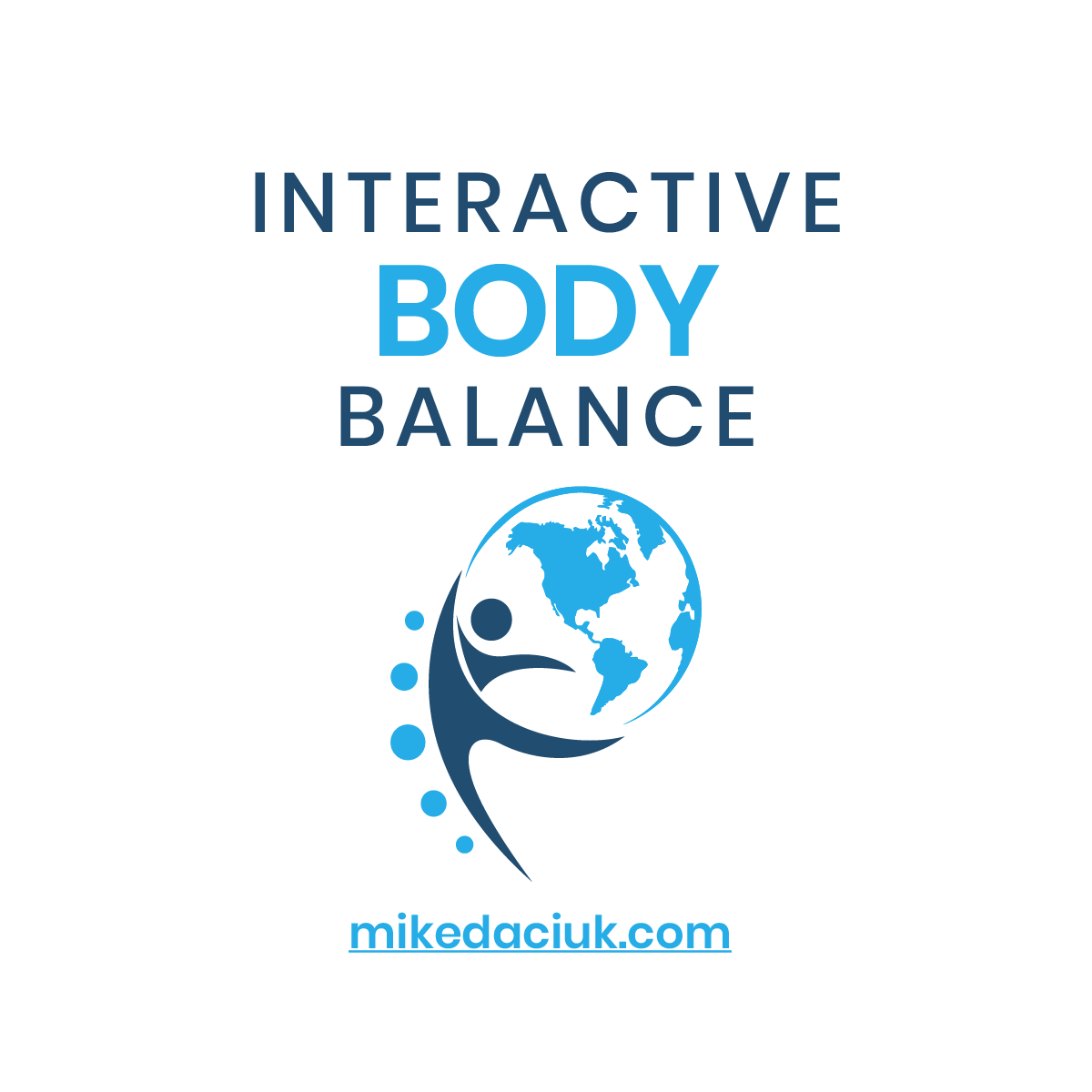Hey team, every day I see patients and clients with a variety of health concerns and they are looking for answers. They can range from fatigue, gut problems, weight gain, anxiety or mood concerns, heart problems, hormonal issues (stress, thyroid, estrogen, progesterone, PCOS, etc.) and so many more. My role is to figure out what are some of the best methods to uncover their underlying issues and then build a protocol to help them heal and get better. Here are three great health markers that will move you forward in your health journey. Enjoy.
GI MAPS Gut lab from Diagnostic Solutions Laboratory for Gut Health
The GI-MAP is the first FDA-approved DNA/PCR assay for GI pathogens, making the results more widely accepted PCR technology provides the ability to identify bacteria, parasites, viruses, and fungi regardless of their viability in the sample. It tests for H pylori and identifies if the H pylori is one of the more virulent strains (cagA or vacA) which has been associated with ulcers and gastric cancer. DNA/PCR assays are superior at detecting Giardia and E histo, as very low amounts of these parasites are typically shed in the stool. DNA/PCR assays are far more sensitive in picking up Candida than culture based stool tests.In addition to looking for pathogens, this test panel contains several additional markers which can provide invaluable insight into gut immunity (SIgA), gut inflammation (lactoferrin), pancreatic enzyme sufficiency (elastase), and gluten sensitivity (anti-gliadin). I highly recommend running this lab to uncover the real reason why you are feeling bloated, have weight gain, constipation, diarrhea, stomach discomfort, brain fog, etc.
DUTCH Test from Precision Analytical for Hormones
The Precision Analytical DUTCH hormone test panels provide you with detailed information on how adrenal and sex hormones are being produced AND metabolized in the body. DUTCH stands for Dried Urine Test for Comprehensive Hormones.
MARKERS INCLUDED ON THIS TEST:
Precision Analytical offers 3 different DUTCH test panels:
- DUTCH Adrenals (daily free cortisol and cortisone pattern, DHEA-S, cortisol and cortisone metabolites)
- DUTCH Sex Hormone Metabolites (androgens and metabolites – testosterone, DHT, DHEA; progesterone metabolites; estrogens and metabolites)
- DUTCH Complete (DUTCH Adrenals + DUTCH Hormone Metabolites Profiles + Melatonin).
In addition to measuring daily free cortisol levels (the amount of available cortisol circulating in the body), the DUTCH test tells you about metabolized cortisol (the amount of cortisol the adrenals are producing or clearing), sex hormone levels, whether phase I (hydroxylation) and phase II (methylation) of estrogen metabolism is good or poor, and if DHEA and testosterone are being pushed down the more androgenic pathways.
Hear-Rate-Variability (HRV) Testing from Home.
You can check this upon waking and it is a key measure for stress, inflammation and how ready you are to face the day. You can do it from the comfort of your own bed.
Heart-rate variability is the variation in the time intervals between heart beats. Research has shown that individuals with low heart-rate variability tend to be more prone to stress and anxiety disorders. Those who have a higher heart-rate variability are less likely to develop trauma or severe forms of stress. Fortunately you can take full control over your heart-rate variability by consciously training it.
However, there is one biomarker showing promise as a broad indicator of overall health and fitness: heart rate variability (HRV), or the variation in the intervals between heart beats. If your heart beats like a metronome, with intervals of identical length between each pulse, you have low heart rate variability; this is “bad.” If your heart beats follow a more fractal pattern, with beat intervals of varying length, you have high heart rate variability; this is “good.”
This probably sounds counterintuitive. Most people assume that a steady, consistent pattern of heart beats is the healthiest. I mean, doesn’t the human body need a steady, consistent flow of blood and nutrients to its cells and tissues? But recall the musician’s lament about the drum machine – that it “has no soul.” The perfect metronomic unfoldment of the drum machine is too perfect. It’s robotic. It’s unnatural. Same with our hearts. A healthy heart (with soul) pumps as needed. It responds to the demands of the organism; it doesn’t follow preordained intervals.
In general, a high HRV indicates dominance of the parasympathetic response, the side of the autonomic nervous system that promotes relaxation, digestion, sleep, and recovery. The parasympathetic system is also known as the “feed and breed” or “rest and digest” system.
A low HRV indicates dominance of the sympathetic response, the fight or flight side of the nervous system associated with stress, overtraining, and inflammation.
Therein lies the beauty of HRV: it offers a glimpse into the activity of our autonomic nervous system, an aspect of our physiology normally shrouded in mystery.
That’s why cardiac specialists have been using HRV for decades to track the health and recovery of their patients, and it’s why HRV is a predictive indicator of overall heart health, risk of heart attack, and other cardiac events. For instance, low HRV is associated with the development of coronary heart disease and multiple metabolic syndrome (diabetes, hypertension, high cholesterol). Low HRV is prevalent in people who’ve had heart attacks, and among patients who’ve had a heart attack, those with low HRV are at a higher risk of dying in the subsequent three years. Among the elderly, a high HRV is strongly associated with “healthy longevity,” or the kind of graceful aging relatively free of morbidity we all desire.
You could then run the Cardio Metabolic Heart Panel from Spectracell listed here:
https://interactivebodybalance.com/news-articles/my-favorite-heart-lab-from-spectracell/
www.mikedaciuk.com
Source: http://www.marksdailyapple.com/have-you-checked-your-heart-rate-variability-lately/



